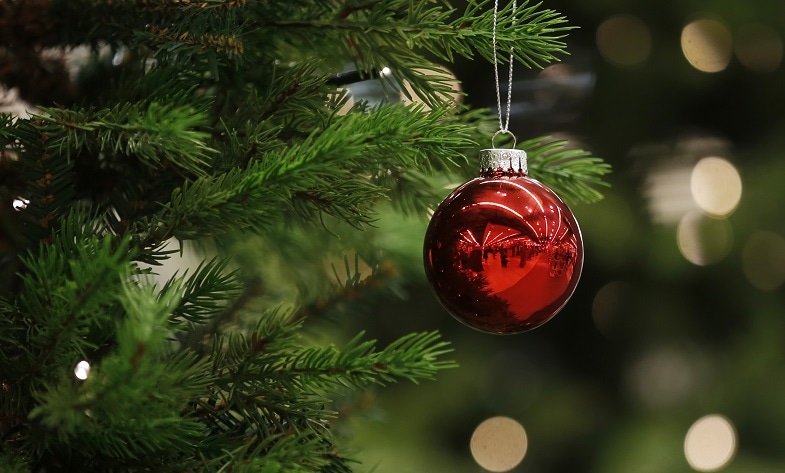Dec 28 2018
A new study at the University of Sheffield reports that it is possible to save abandoned Christmas trees from landfill and convert them into paint and food sweeteners.
 (Image credit: University of Sheffield)
(Image credit: University of Sheffield)
Hundreds of thousands of pine needles are there on Christmas trees. When compared to other tree leaves, these pine needles take a long time to decompose. Upon being decomposed, they liberate enormous amounts of greenhouse gases, thereby contributing to the carbon footprint of the United Kingdom.
Cynthia Kartey, a PhD student from the University of Sheffield’s Department of Chemical and Biological Engineering, has discovered the possibilities of making useful products from the chemicals extracted from pine needles after processing.
A complex polymer called lignocellulose is the main constituent (up to 85%) of pine needles. The complexity of this polymer renders the use of pine needles as a product for biomass energy unattractive and useless to a majority of the industrial processes.
My research has been focused on the breakdown of this complex structure into simple, high-valued industrial chemical feedstocks such as sugars and phenolics, which are used in products like household cleaners and mouthwash. Biorefineries would be able to use a relatively simple but unexplored process to break down the pine needles.
Cynthia Kartey, PhD Student, Department of Chemical and Biological Engineering, University of Sheffield.
Heat and environment-friendly solvents like glycerol, which is inexpensive, are used for breaking down the chemical structure of pine needles into a liquid product (bio-oil) and a solid by-product (bio-char).
The bio-oil essentially consists of glucose, phenol, and acetic acid. These chemicals are used in various industries—glucose for producing sweeteners for food and acetic acid for making adhesives, paint, and even vinegar.
The technique is sustainable and does not produce any waste since it is possible to use the solid by-product in other industrial chemical processes. For this process, both fresh trees and older, abandoned Christmas trees can be used.
In the future, the tree that decorated your house over the festive period could be turned into paint to decorate your house once again.
Cynthia Kartey, PhD Student, Department of Chemical and Biological Engineering, University of Sheffield.
Every year, in the United Kingdom, nearly eight million natural Christmas trees are used during the festive period, and it is most unfortunate that around seven million of those trees end up in landfill.
Collection and processing of pine needles after Christmas in this manner enable the chemicals to be used as alternatives to less sustainable chemicals being used in the industry at present.
This could result in a decrease in the United Kingdom’s carbon footprint by decreasing the country’s dependence on imported artificial plastic-based Christmas trees and a decrease in the quantity of biomass waste that ends up in landfill.
The use of biomass—materials derived from plants—to produce fuels and chemicals currently manufactured from fossil resources will play a key role in the future global economy. If we can utilise materials that would otherwise go to waste in such processes, thereby recycling them, then there are further benefits. In our research group we are currently investigating the production of valuable products from a variety of organic wastes, including forestry sources, spent grain from the brewing industry and food waste; alongside investigating processes for the conversion on carbon dioxide into useful hydrocarbon compounds.
Dr James McGregor, Senior Lecturer, Department of Chemical and Biological Engineering, University of Sheffield.